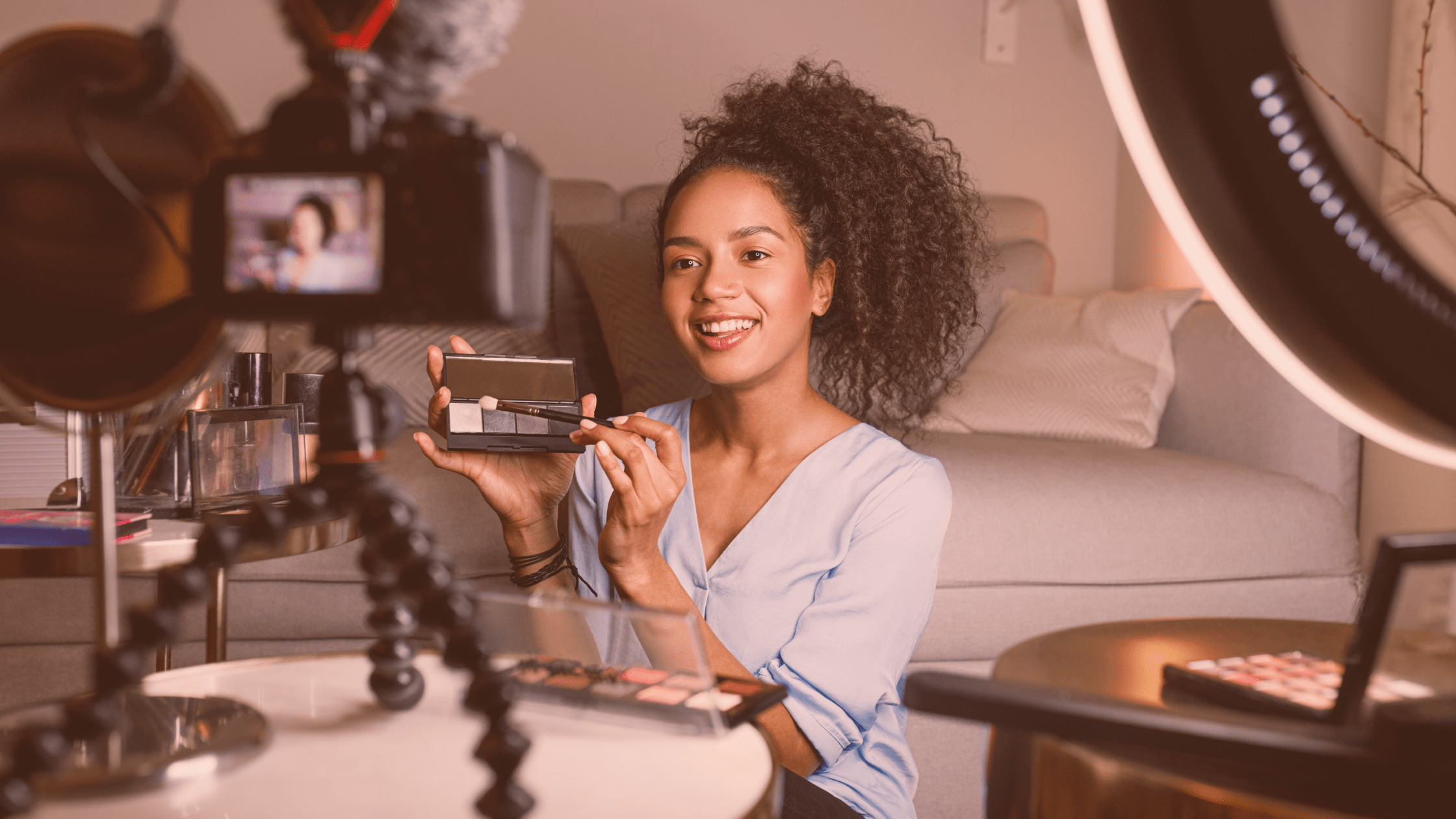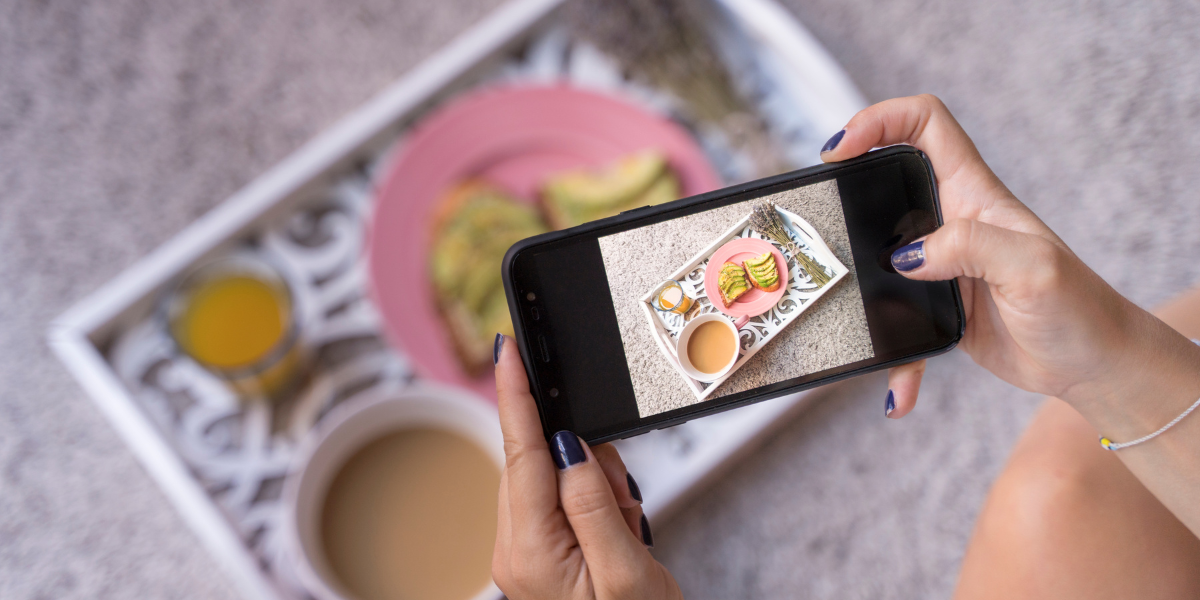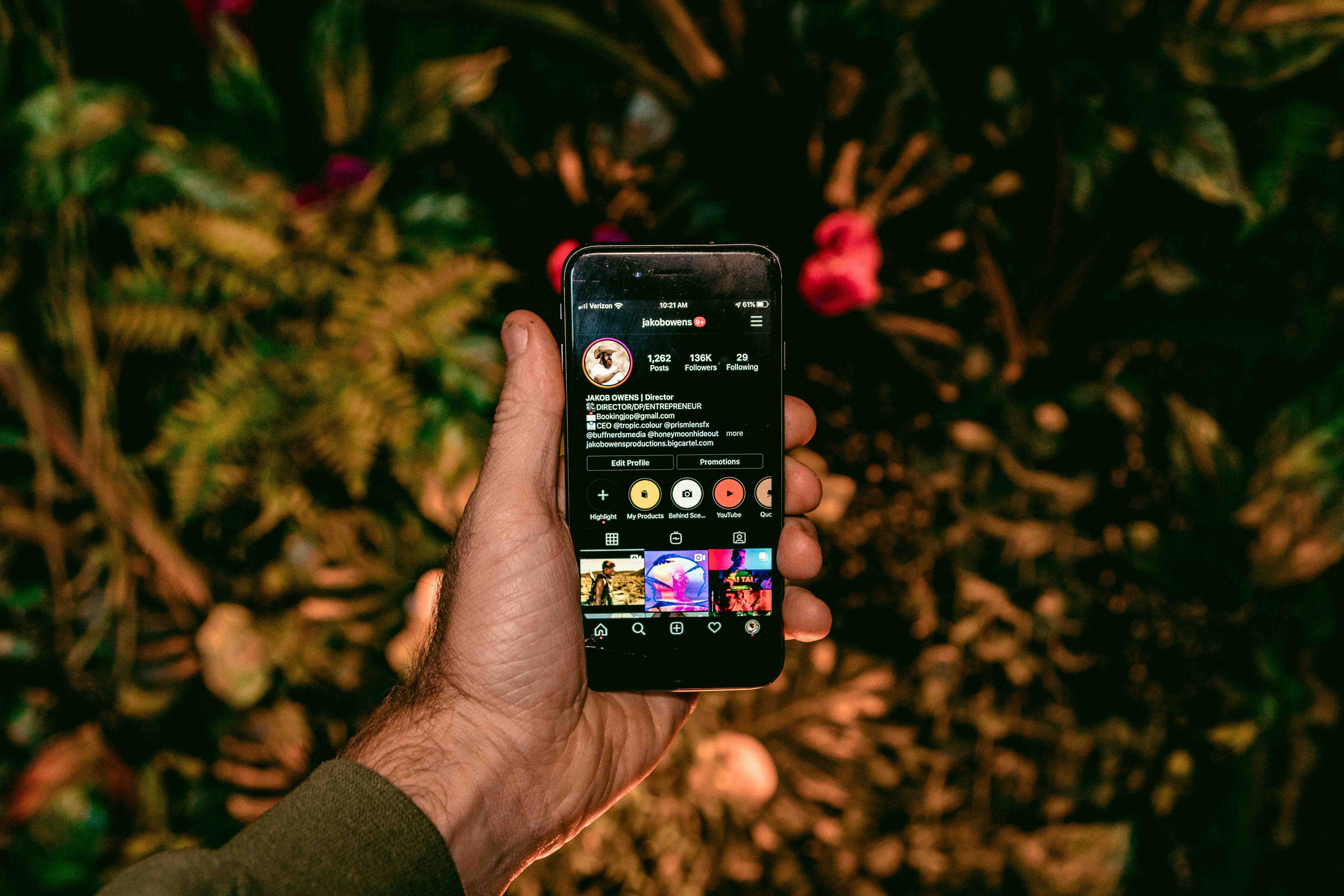The 4 Ms of Influencer Marketing: Influencer marketing is rapidly becoming one of the best ways for brands to reach a new audience on social media. With influencers all over the world fostering engaged audiences that look up to them, making use of influencer marketing is an excellent way of building a brand online, selling products, and as we’ve already said, reading a new audience.
The Four Ms of Influencer Marketing refers to four distinct areas that should be taken into consideration when working with influencers in your marketing activities. These are: Make, Manage, Monitor, and Measure. We’ll explore those in detail in this article, but before we do so, it’s important to understand influencer marketing as a concept. Keep reading to learn more!
What Is Influencer Marketing?
There are two ways to interpret “influencer marketing.” The more traditional and B2B-focused meaning refers to earning influence by way of word-of-mouth and building relationships with customers and potential customers. In other words, this is earned influence that hasn’t been paid for (directly) and comes from genuine experiences or relationships with a brand.
The other way to interpret “influencer marketing,” and the meaning which is intended far more commonly in modern-day social media, is paying an individual (the influencer) to promote your brand or business on their existing social media channels.
Paid influencer marketing is commonly seen within the B2C sphere, though it can be successful for B2B campaigns as well. It works well for B2C as influencers tend to have tight-knit communities of dedicated followers in the market to purchase the products/services that they promote. For B2B, collaborate with reputable companies and thought leaders in your industry to build brand awareness and credibility.
It’s worth noting that the larger an influencer’s following, the lower average engagement rates they receive due to sheer volume. Celebrity influencers are great for reach and awareness campaigns – provided you have the budget for it, while micro and macro-influencers receive more engagement due to a smaller following.
The 4 Ms of Influencer Marketing
Now that you know what influencer marketing is, and what it’s best used for, it’s time to take a deeper dive into the subject. Below, you can discover The Four Ms of Influencer Marketing:
1. Make
The first of The 4 Ms of Influencer Marketing is “Make”. This stage is all about connecting with potential customers through advocates for your brand. You’ll need different strategies tailored to each stage of the buyer’s journey: awareness, consideration, and decision.
For traditional B2B influencer marketing, the Make stage means forming relationships with key players in your industry and/or potential customers to create brand advocates and loyalists.
Modern, paid influencer marketing at the Make stage requires a lot of market research and strategy planning. Gone are the days of influencer marketing solely existing on awkward celebrity endorsements of big-name brands/products.
Influencer marketing in modern-day features meticulously planned campaigns focusing on your brand’s target demographic, creating value for both the business and the influencer they’re working with.
2. Manage
The Manage stage is about managing the influencers we have created during the Make stage. Using the data and insights from the Make stage, you can see what’s working well and what needs to be improved.
Performance indicators to consider in this stage:
- Which strategies are working best for your campaign? Are particular types of posts or language used performing better than other types?
- Are your social media channels growing in follower base or engagement rates as a result of the influencer campaign?
- Is the campaign generating leads and/or conversions?
- Is there a positive, neutral, or negative sentiment from your target audience regarding your brand?
Answering these questions will help you determine the success of your influencer marketing campaign. Remember, success will look different depending on your industry, the influencer you’ve collaborated with, the goal(s) of your campaign, and more.
3. Monitor
Monitoring the relationships between your target audience, your brand, and the influencer(s) is key in giving you an idea of customer satisfaction and behaviour. This stage is all about getting to know and understand your customers and potential customers on a deeper level by monitoring their social media actions and how they engage with your brand and the influencer campaign(s) you’re running.
Determining your audience’s preferences, thoughts and feelings, and conversations they’re having on social media will greatly benefit you in your marketing strategy. You should already know where your target audience is most active on social media, but it’s important to know how and why they engage with the platforms and the industry leaders they’re interested in.
Monitoring the situational factors in a customer’s life can help create a move forward in the purchase journey. For example, some may be concerned with cost, younger people may be interested in the accessories and covers, business customers may be more interested in security and how a product integrates into their existing technology. These factors can make or break a purchase and should be monitored, in turn reflecting the type of influencers you should be Making.
4. Measure
The final stage of The 4 Ms of Influencer Marketing is “Measure”. This is all about evaluation and analysis, doing a deep dive into your campaign’s results and figuring out what went right (or wrong).
Questions to ask yourself during this stage are:
- How was the brand and its campaign perceived by the target audience?
- Which messages work and which didn’t?
- Did it create a significant return on investment (ROI)? Factors and metrics such as audience targeting, sentiment, and engagement can all have an effect on ROI.
If you found that the campaign didn’t do as well as you’d hoped, or you’re no longer benefitting from a relationship with a particular influencer, not all hope is lost. Use your findings to help inform future decisions and avoid mistakes in the future. Make sure you’re following our list of influencer marketing mistakes to avoid getting the most out of your influencer marketing campaigns.
Influencer marketing is no longer based on a single influencer popularising a single message/product, but rather a dynamic, ongoing relationship and experience that meets customers where they are in the buyer’s journey. Nurture your customers and influencers within your niche to maximise the efficiency of your campaigns.
If you’re looking for expert tips and tricks in the realm of social media and/or influencer marketing, follow us on Instagram for relevant industry knowledge. Contact us to find out how we can manage and support your influencer campaigns from initial research to reporting.
Editor’s note: This article was originally published in September 2013 and has been edited and updated for republishing in April 2023.






